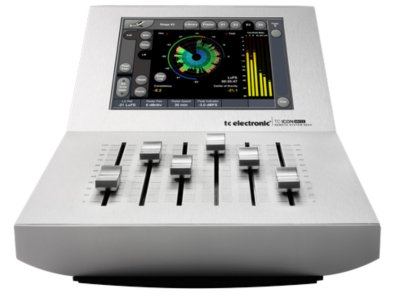MirrorProfiles
Rock Star
- Messages
- 4,915
seems like the UA FX, Strymon Iridium, TC Ampworx, and even pedals like Friedman IR-X are the more common way to break into the market. They can slowly build up a repertoire, iron out kinks, find their audience, and eventually they’ll have things in place for a bigger flagship model. NDSP sort of did this by developing plugins first and then using that to leverage a HW unit.I was mulling this over last night in a cannabis-induced thought exercise, and the conclusion I arrived at is this: damned if you do, damned if you don't.
Let's say I start designing a top-of-the-line modeler right now. When is it "ready"?
Do I have to have as many amp/effects models and features as my competition?
If yes, then I'm never going to get this thing to market. What are my other options? I don't want to sacrifice HW or SW quality.
Can I release something with fewer capabilities at a lower price?
Sure, but I do want to continue development of this thing. Do I bake the cost of updates into the product? Do I increase the price over time? Do I take the "paid DLC" approach?
(Honest question: Are there any examples of a manufacturer increasing the price of something as more work goes into it?)
Also worth noting: I need to price the product to support the high-quality parts and materials I intend to use.
Hm. Guess I'll bake the cost of updates into the product--that'll support development and physical build costs. But now I'm back at FAS/L6 prices for fewer capabilities (at the moment)...
Then I have to determine if people are going to trust me enough to buy something at premium with the promise of development.
(This seemed to be part of Fender's problem.)
I tend to agree with the notion that Fender asks for too much $$$ for too few features, especially compared to FAS and L6. But the act of balancing quality, features, and price and actually getting something to market, is all way beyond me.
The is probably an interesting discussion for another thread. I don't have an entrepreneurial bone in my body, but I would be interested in what others think or have experienced.
I think it minimises some risks, it’s less complicated to develop and support, brings in revenue while they develop other products.
I imagine if Fender did TMP mini pedals that were just a handful of pedals, one or 2 amps, and a spring reverb, but with really good modelling, they’d have probably been quite successful, and without many of the downsides they’ve encountered with a more ambitious product.

